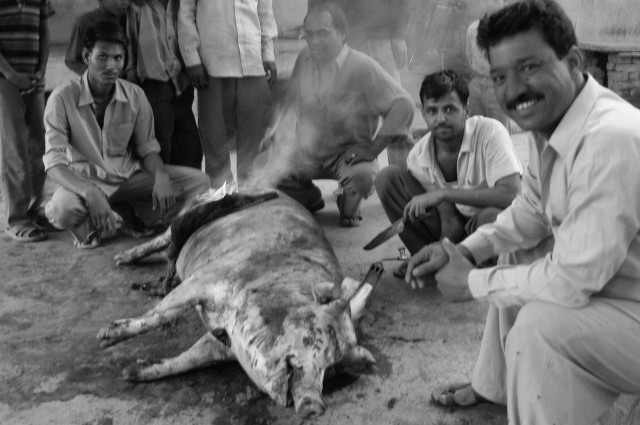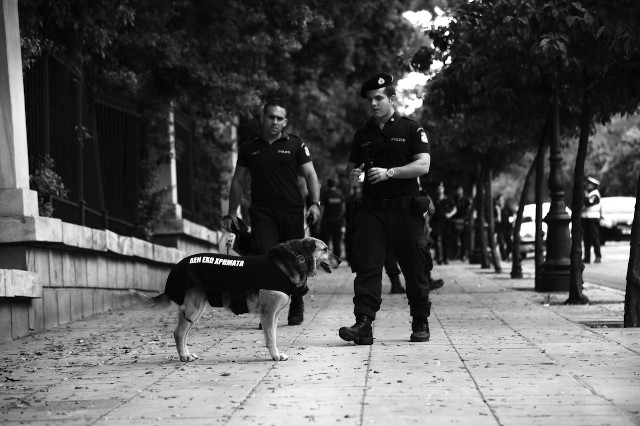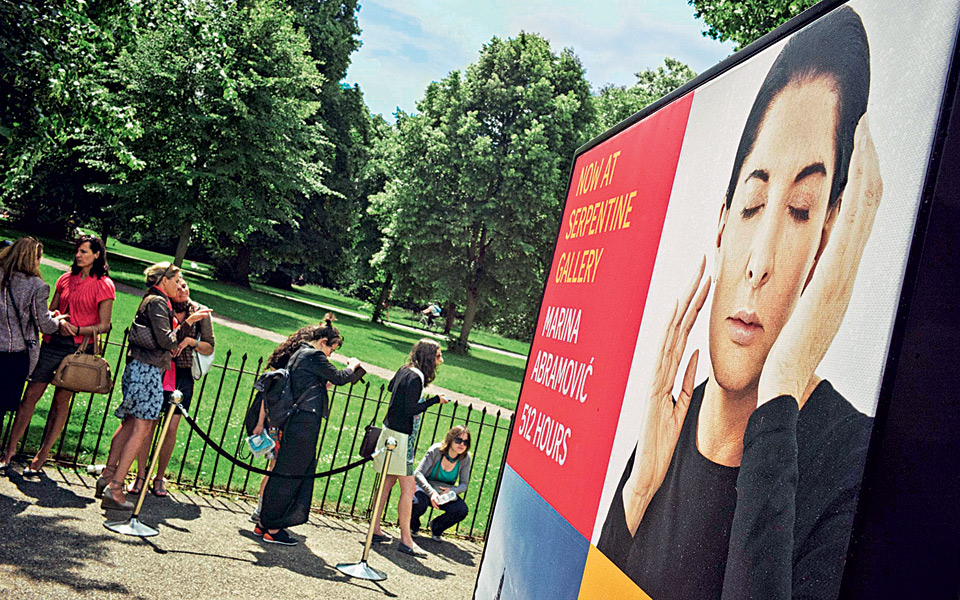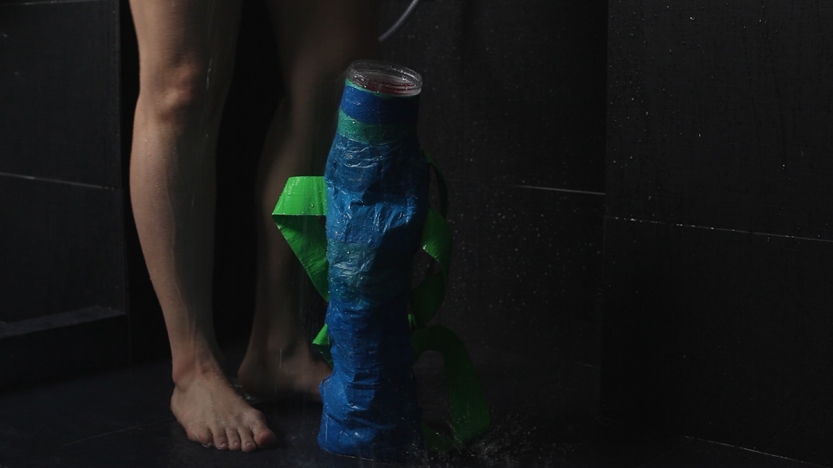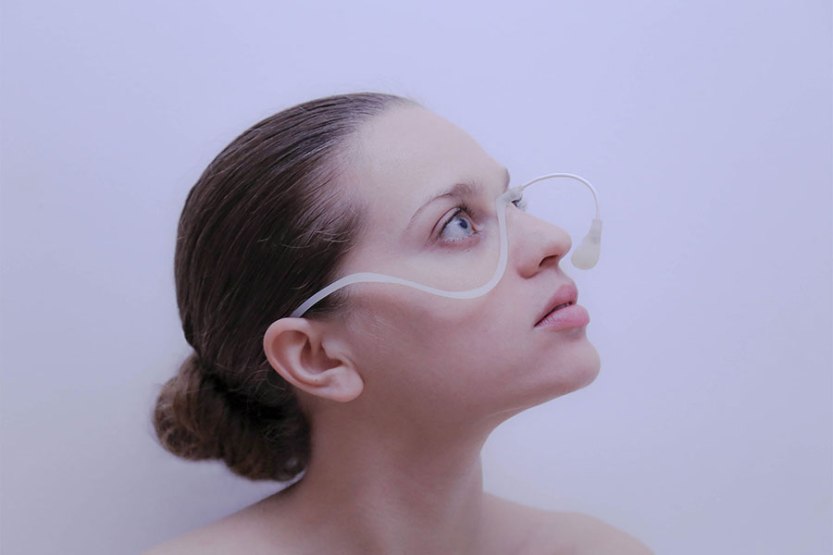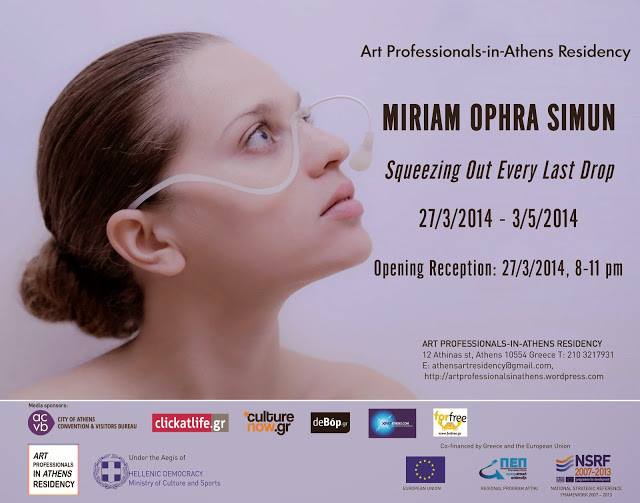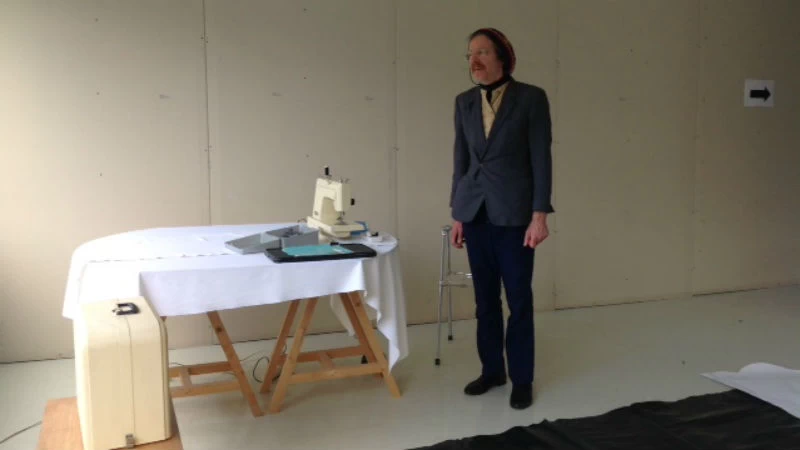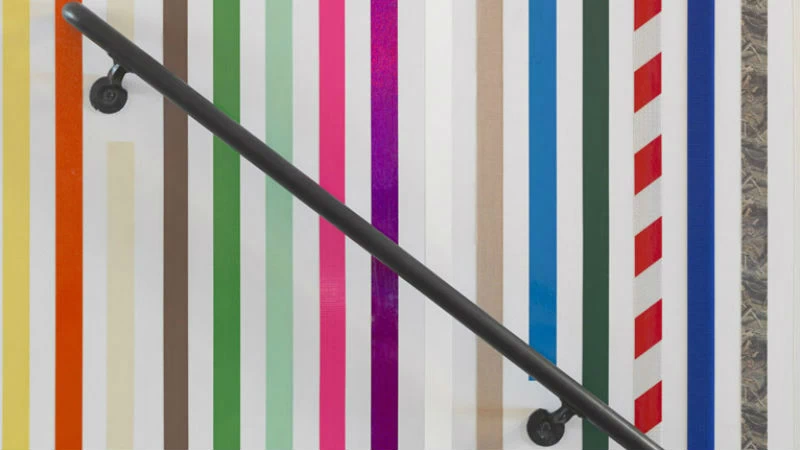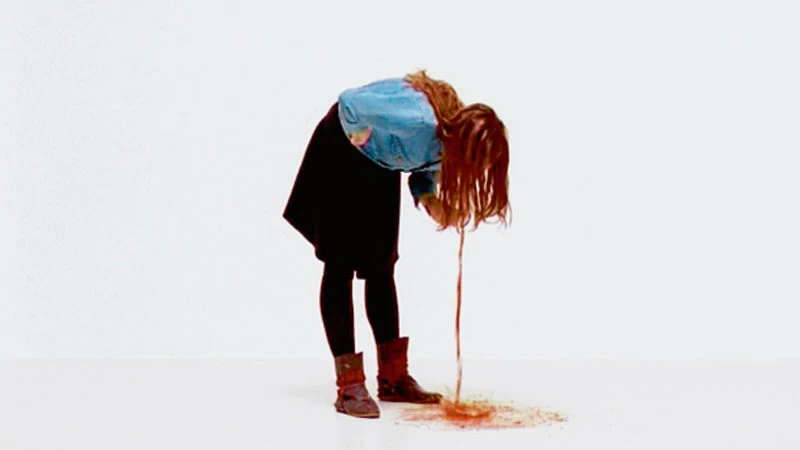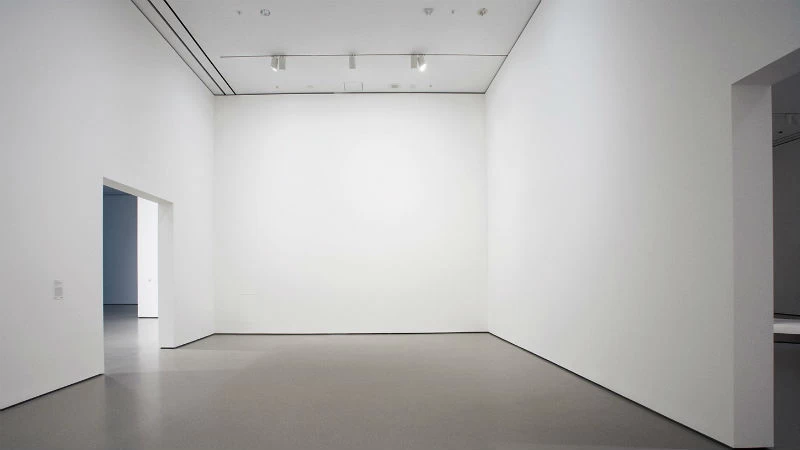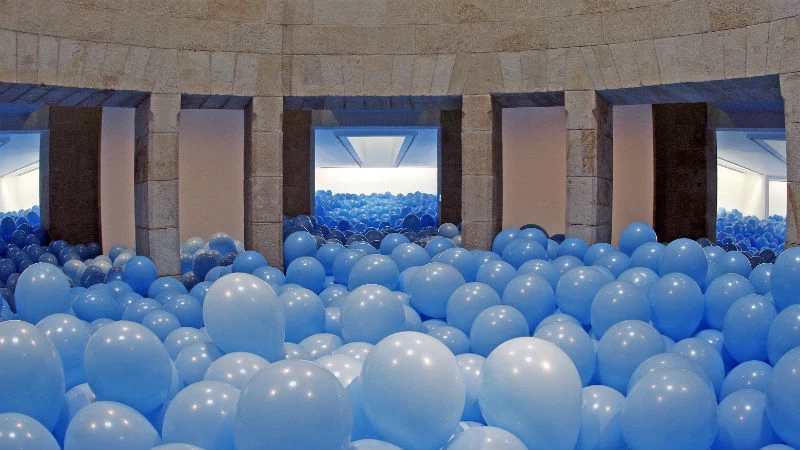ARTISTIC22.03.2015,
06:00
Paris Spinou In 2001, Martin Creed won the Turner, Britain's top art prize, for his groundbreaking work "Work No.227, The lights going on and off". In a completely empty room, the lights went on and off every five seconds. The reactions were stormy. Some enjoyed lying in the center of the room with their eyes closed, while others threw eggs at the walls shouting, "this is not art, the end of painting has come."
ADVERTISING Since then, Critt has become the first news in art publications with conceptual, post-minimalist works that combine painting with multimedia, ordinary materials with dance and music that he writes, urging the overall art experience. He has made large neon constructions with words like "Mothers", "Feelings", which create positive energy, he has filled rooms with balloons, turning cold spaces into "playgrounds". He has runners running up and down the Tate Britain, surprising - or frightening - the visitors, who were standing in front of the paintings. He also called on his compatriots to ring bells and bells with the song "All the bells in the country rung as quickly and as loudly as possible for three minutes", which marked the start of the 2012 Olympic Games.

The awesome child of contemporary British art provokes with his work, not with his attitude towards life. Low-key, discreet, reminiscent of Bob Dylan he admires. His phrases come out with the dropper. "I was probably influenced in this by my Quaker parents, religiously and politically active, who believed that if you did not have something substantial to say, do not say it. I do not want to flood the space with words and also I do not want to flood the halls with works. "I do not like gossip in life and in art", the 47-year-old artist tells us. He is in Athens this month. A guest of the Kappatos gallery creates a work especially for Greece, which will be unveiled on March 27.

Born in Wakefield, raised in Glasgow, he studied in London (Slade School of Art) and enjoys traveling. He is visiting Athens for the first time and here he sought his inspiration. He walked around the alleys of the historic center, the market in Monastiraki, went up to the Acropolis, visited the Acropolis Museum and Benaki in Kolonaki, gave a lecture at the Fine Arts for students. He works intensively. She designs on the computer, spreads fabrics in the gallery loft, operates an old sewing machine and plays the guitar in his sanctuary. "Athens is accessible, the people are very friendly," he tells us. "Of course in England I hear a lot about the financial crisis, which excites me to search and find out. "My first impression is of a healthy city."

However, his long-distance relationship with Greece is long-standing. "The philosophical thought of the ancients has fascinated me since I was a student, as well as classical art focusing on the human body, as well as architecture. At first I was scared by the idea of coming to Greece, with its long history, richness of ideas and art. The idea of the project, which I am doing now, is based on all this. Mainly in the body, but in a minimalist process. What you will see will include paintings, pieces of fabric, without cuts and seams, that will form human bodies. A dancer will be in conversation with these figures, in combination with the new songs that I am preparing ".
• What things have defined you as a creator since your youth?
From my adolescence I read a lot, I was interested in psychology, I was learning music, I wanted to study art. I was particularly interested in Austrian Secessionist artists, such as Gustav Klimt and Joseph Hoffmann. The combination of fine and applied arts. I do not separate high culture from popular culture, it is one. A painting, a pop song, fashion, everything is art for me.
• The impression is created that for you emotion is more important than matter.
I believe that emotions dominate the world. Thought and logic is a desperate attempt to manage emotions, to put them under control. But, in the end, emotions always win. Because it is magic. The problem when I work is that I have to be reasonable enough. For example, to come to Athens I had to get on a plane and then get organized where I live, think about what I will do, find the materials ... I had not decided anything in advance. It would be very restrictive, very boring! In the end, a job is good when it is "alive", that is, the opposite of logic.
• Are you anxious every time to show something different?
I try to do new things, but many times this is a way to solve an old problem. At this stage I try to be more direct as I implement an idea. I do not want to be complicated. When I play music I want the stage and the audience to become one, as well as my exhibitions, to be in direct communication with the world.
• Is it easy to communicate with the public, especially if they are not familiar with contemporary art?
I believe that spectators are always involved even when they are standing and looking at a painting. You go to a museum, to a gallery and you walk, you look, you breathe, you think. Paintings are not static, because people move, so art is kinetic. I try to intensify the energy, when, say, I make them walk between balloons, I seek their participation and an experience that makes you ask and wonder.
• And what role does music play in your works?
I play with my band often, and other times alone. My music works both independently and in relation to a project. I grew up with classical music at my parents' house and then got into pop and folk, which is popular in Scotland. I like Johnny Cass and the simplicity of country, but especially Bob Dylan, because he managed to stay true and honest.
• How much has the Turner Prize changed your life?
He definitely changed it ... it had an effect on me, but also on those around me, because I no longer had to introduce myself. If you win such an award, others trust your work, you do not need to try to prove it. I noticed, however, that the younger curators did not include me in their reports, because I suddenly became part of an established, even though I was young. Maybe they found me boring ...
• Does the award keep its momentum today?
When I got it I was constantly on the channels with hourly tributes and interviews. It was considered something "big" then, but now it does not surprise much and does not make so much noise. However, he has created a great art scene, to which I am glad to belong.
Do you think that some Turner Prize winners or nominees, such as Damien Hirst or Tracy Emin, used it to promote themselves more than their work?
The truth is that some British artists, especially Brit Art representatives, have escaped, become ostentatious. Of course, artists by definition seek the attention of others, narcissism is innate. It's ridiculous, perhaps, that what you do is so important that it has to go into a gallery. It is an illusion that you must control. The best works I have seen have been done by vulnerable, sensitive people and reveal humanity.
• Has the criticism that you have received from the media, both praiseworthy and sometimes negative, affected you?
I have not read anything written about me for two years. When I read them I was very upset. I think writing about art is creative, but also dangerous because words are a means in themselves. When I watch the news on TV I feel it is dangerous, because words do not really tell what is happening. A story based on reality comes out, but it is not reality, it is an interpretation of it, a fabricated story.
• Last year was your first retrospective exhibition at the Hayward Gallery. What is it like to choose and see 25-year-old works together?
The choice was difficult and finally when the exhibition opened I felt as if they were not the same works I had done. For example, a painting from when I was 15 years old and was in my parents' room, when I saw it in the museum I thought it was something completely different, as if someone made an exact copy.
• Would you describe your work as autobiographical?
I do not separate life from art. I feel that my art is the way I live. My works show a simple, clean approach to life and help me survive in a chaotic world.
Info:
The exhibition opens on March 27, at the Kappatos Gallery (Athinas 12, tel. 210 3217931), as part of the Artists and Art Personalities Hospitality Program in Athens. Curator: Sozita Goudouna, artistic director of the program, Nefeli Skarmea, independent curator.



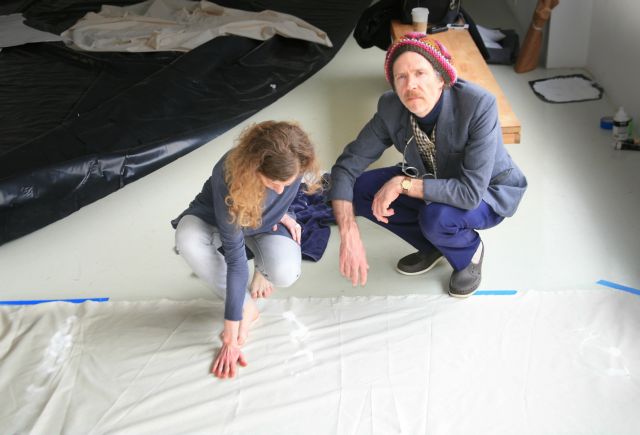

 The artist, who has made runners run up and down Tate, makes neon constructions and uses from multimedia to music
The artist, who has made runners run up and down Tate, makes neon constructions and uses from multimedia to music 





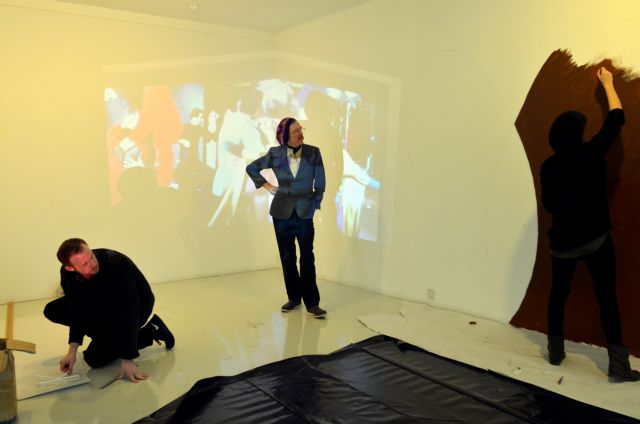

 Installation view | Courtesy the artist and Athens Art Residency
Installation view | Courtesy the artist and Athens Art Residency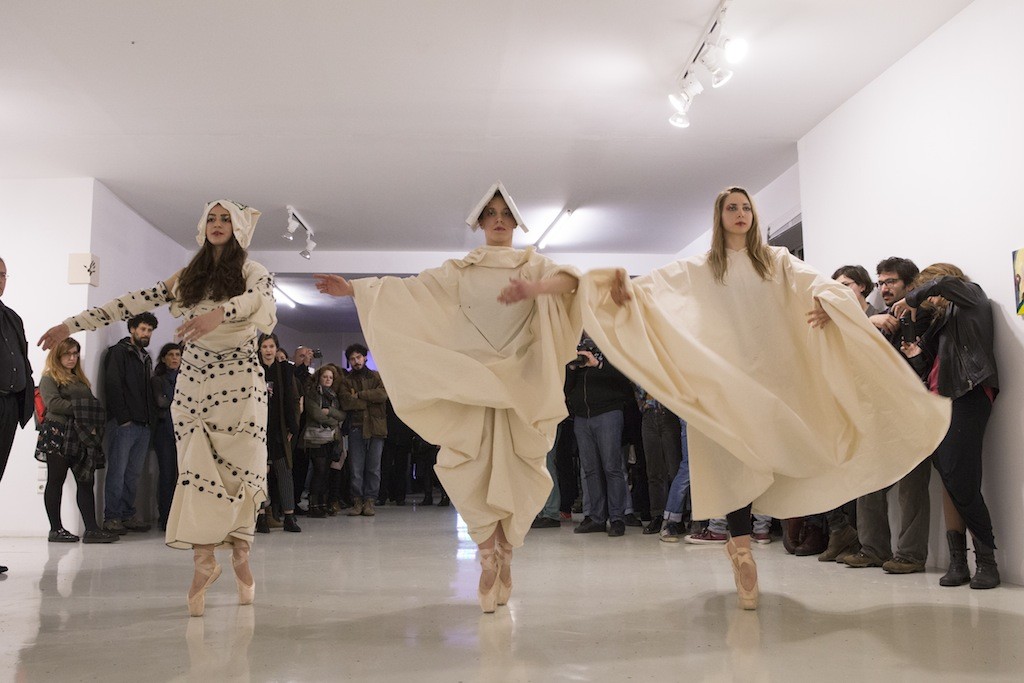 Live performance | Courtesy the artist and Athens Art Residency
Live performance | Courtesy the artist and Athens Art Residency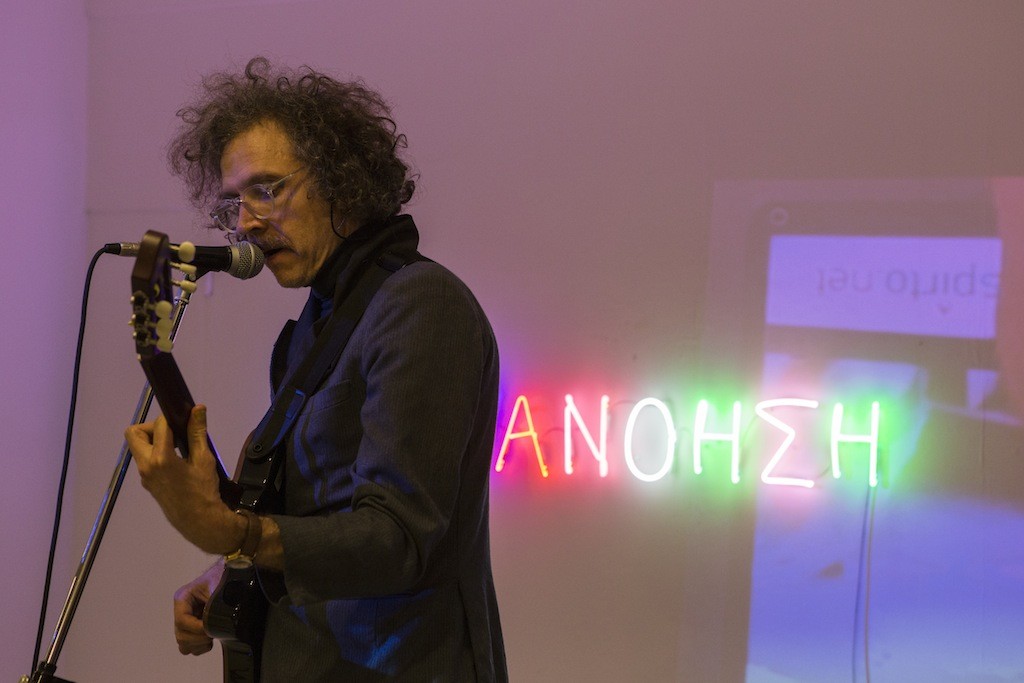 Live performance | Courtesy the artist and Athens Art Residency
Live performance | Courtesy the artist and Athens Art Residency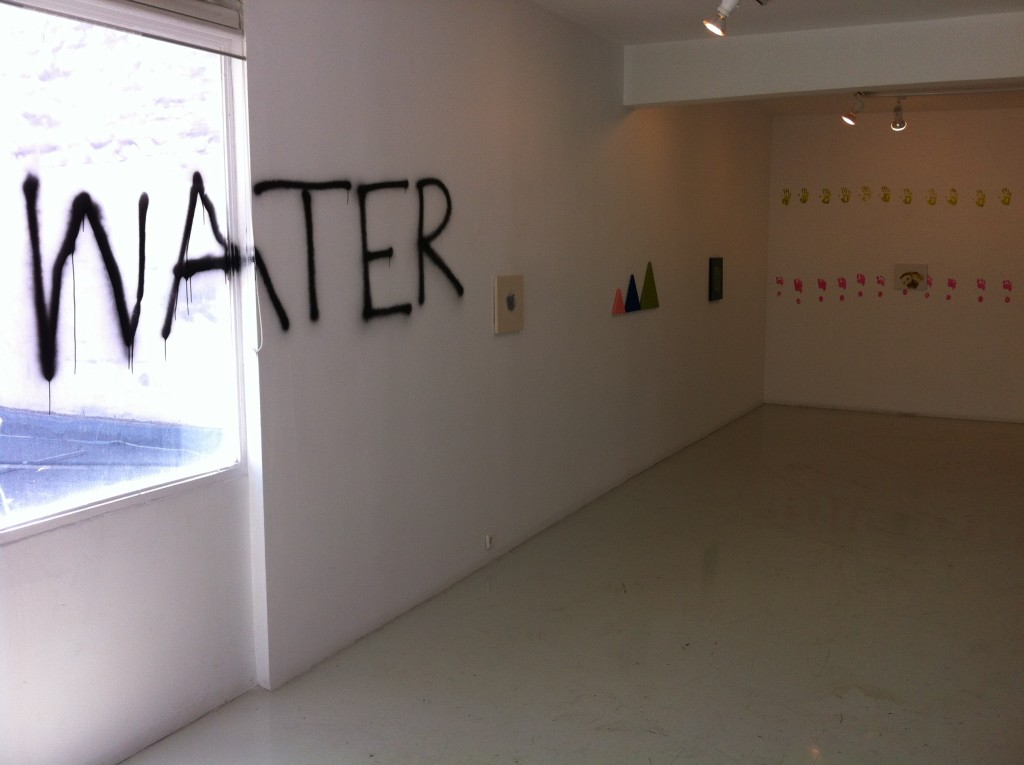 Installation view | Courtesy the artist and Athens Art Residency
Installation view | Courtesy the artist and Athens Art Residency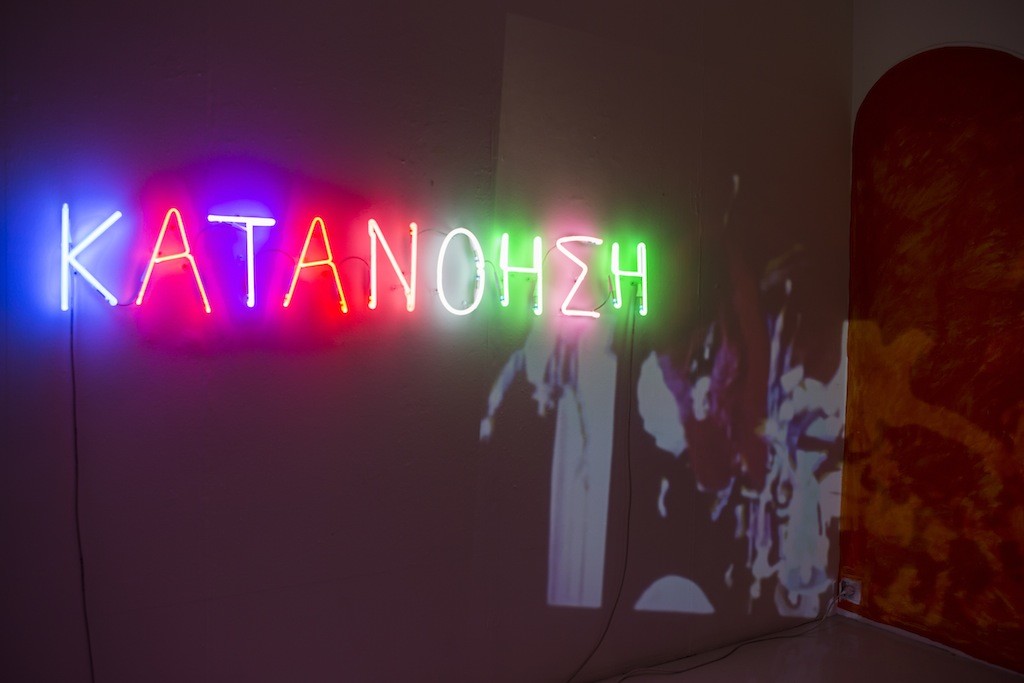 Installation view | Courtesy the artist and Athens Art Residency
Installation view | Courtesy the artist and Athens Art Residency
